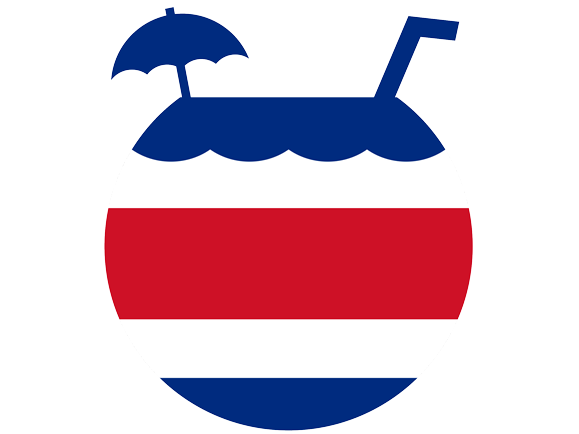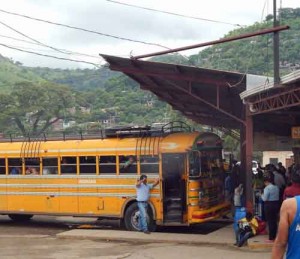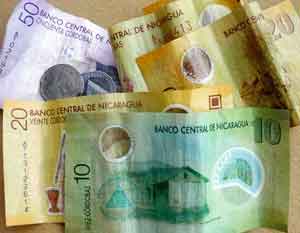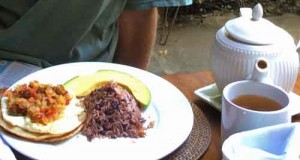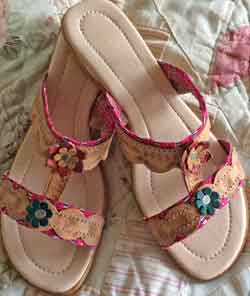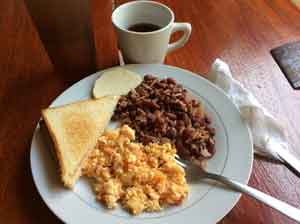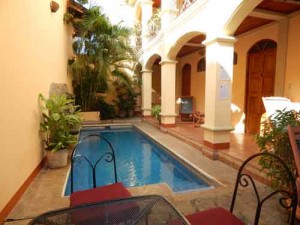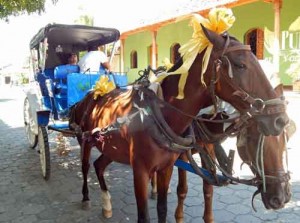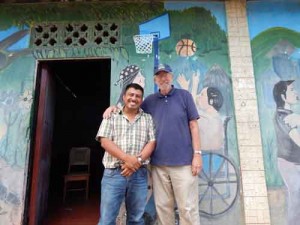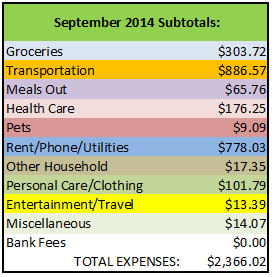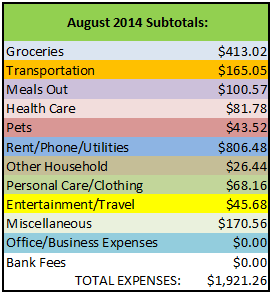Cost of Living
Our October 2014 Costa Rica & Nicaragua Cost of Living Expenses
- By in Blog
October was an unusual month for us as far as our Costa Rica expenses are concerned. We only spent two days out of the entire month actually in Costa Rica. But we’ll do our best to explain things, below.
Part 1: Las Vegas
We spent the first five days of November traveling to and from Las Vegas to talk to folks at the International Living Fast-Track Your Retirement Overseas Conference. Though we are not paid by International Living, they do reimburse our travel expenses, therefore any related expenses are not included in our cost of living report. The main way this impacts our cost of living is that we did not have to pay for food those first five days of the month in Costa Rica.
Part 2: Costa Rica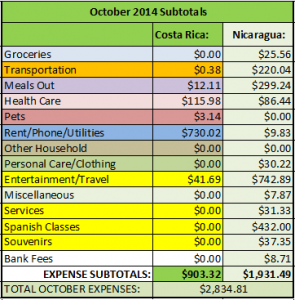
Though we were only in Costa Rica for two days in October, we still had all of our basic bills to pay. We had house-sitters for a total of five weeks — they arrived a couple of days before we left for Las Vegas and stayed until a couple of days after we got back from Nicaragua. While they paid for their groceries and weekly housekeeping, we paid the following (which are included in the “Rent/Phone/Utilities” total for Costa Rica..
- Rent
- Electricity
- Propane (hot water and cooking)
- Internet
- Phone
- Alarm monitoring
We also paid our monthly Caja and the one prescription we pay for privately, both of which are included in the Costa Rica Healthcare total. One interesting item of note: our monthly Caja payment went down in October by 1591 colones (about $3.00). We’re not exactly sure why, but every little bit helps!
Part 3: Nicaragua
Transportation: $220.04
We spent a total of 24 days traveling in Nicaragua, by bus and cab which cost a total of $220.04 USD. We took Tica Bus from San Jose to Managua, though we were able to actually get on the bus in San Ramón instead of having to travel to San Jose, which saved us two hours of travel time. Our tickets were $30 each way, per person, plus the Costa Rica exit tax which was $7 per person in advance. At the border, we paid $14 each to enter Nicaragua, though the receipts we were given only showed $10 each. In Managua, we took a taxi to the local bus station ($7), about 20 minutes away, then took a “chicken bus” to Matagalpa for $3 each. Were there chickens? Yes…unless what I saw were two small turkeys.
Traveling by bus and taxi was extremely inexpensive and easy. With the average exchange rate we were given of 26.1 córdobas to $1 USD, bus fare was per person was about 15 cents each way. In Esteli, for both of us to commute to Spanish school round-trip, the bus cost us 60 cents each day. Traveling from town to town was slightly more expensive:
- Matagalpa to Estelí: 30 córdobas ($1.14) per person for the just-under two hours ride in an old yellow school bus
- Estelí to Granada (changing buses in Masaya): 116 córdobas ($4.39) per person
Cabs were a bargain as well. The drivers charged 10 córdobas (about 38 cents) per person, and if we were traveling with luggage, it cost an additional 10 córdobas. Our one splurge on taxi fare was hiring a driver to give us a two-hour tour of the neighborhoods of Estelí. We wanted to see where and how the rich, poor, and in-between folks lived. This cost 500 córdobas ($19.16).
Meals Out & Groceries – $324.80
These categories, which together total $324.80, are a little complicated to explain. First off, here is what they DON’T include:
- Our hostel in Matagalpa and our hotel in Granada both included breakfast. We included these lodging costs in the “Travel” category.
- Our home-stay in Estelí included three meals each day. Our home stay expenses are also included in the “Travel” category. As far as the meals were concerned, we ate a lot of rice, beans, and eggs. The only fruit we were served was fried plantains so we bought our own fruit (see “groceries”). Nicaraguans don’t seem to eat a lot of vegetables either — mostly onions, peppers, squash, cabbage, and cucumbers.
What they DO include are:
- Meals in restaurants. (Even though our home-stay in Estelí included meals, for a change of pace, we opted to eat out occasionally in restaurants and treated ourselves to ice cream cones and fresh-baked cookies from the bakery next door.)
- Bottled water (I learned from first-hand experience that it’s not safe to drink the water in many parts of Nicaragua)
- Smoothies, fruit, ice cream and other snacks
- Miscellaneous grocery items over the course of 24 days
 Health Care – $86.44
Health Care – $86.44
In our quest to give you the most complete information possible, I got sick in Matagalpa so we could share some healthcare costs with you. That’s me…always sacrificing. (LOL) Seriously though, I drank the water in Matagalpa. Or maybe it was the salad I ate at the Mexican restaurant. Whatever it was, my stomach was a mess and I spent most of three days in bed.
Paul went to a pharmacy and brought me back medications for diarrhea, nausea, and stomach pain for several days (at a cost of $12.84). I was starting to feel better but we thought it wise to see the gastroenterologist who had an office right across the street. It cost us only $20 USD for the office visit. He prescribed an antibiotic for the bacterial infection and more medication for diarrhea, plus some Pedialyte, which cost a total of $53.
While the medications were not cheap, the doctor’s visit certainly was. We asked several people, including a doctor, about the public health system in Nicaragua and everyone told us that it wasn’t very good. So it’s good to know that private healthcare seems to be affordable there.
Phone – $9.83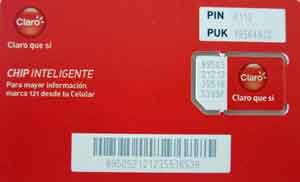
The only expense we had in Nicaragua in the “Rent/Phone/Utilities” category was for telephone service. We brought Paul’s unlocked cell phone with us and bought a Claro phone chip from a young woman, while at the Customs stop at the Nicaragua border. The cost was only $6 USD and included about 30 minutes. The young lady was very helpful and activated the chip for us. Towards the end of our trip, we added some minutes for an additional cost of 100 córdobas ($3.83).
Personal Care & Clothing – $30.22
We got a lot for our $30.22 spent in this category:
- Toiletries: 70 córdobas ($2.68)
- Haircut (Paul): 60 córdobas ($2.30). The cost would have been only 50 córdobas however he got the haircut in the evening when there was a surcharge. It also included a beard-trim at no extra charge.
- Sunglasses (Gloria): 150 córdobas ($5.75 – negotiated down from $10)
- Pedicure (Gloria): 300 córdobas ($11.49)
- Sandals (Gloria): $8.00 USD. These were an impulse buy at the Nicaraguan border. Smart vendors set up their wares to take advantage of the wait time travelers experience while crossing the border. You can buy shoes, leather belts, purses, and crafts, along with sodas and snack foods.
Entertainment & Travel – $742.89
This is, by far, the largest category since this is where our lodging for 24 days in Nicaragua falls. Here is the breakdown:
Lodging – $663.25
In Matagalpa, we stayed at the Hostel La Buena Onda which included breakfast each day as well as purified water and coffee throughout the day. The first five nights, we stayed in a private room for $30 each night. The 6th night, we stayed in a dorm room, however we did not share the room with others. The cost was $27 for that night.
In Estelí, we had arranged for a home-stay through Spanish School Nicaragua. We lived with a Nicaraguan Family at a cost of $60 per person, per week. This breaks down to $17.14 per night for the two of us. The total cost for 13 nights was $223. As mentioned above, this included three meals per day. This was very basic lodging and very basic food. We had our own bedroom and sitting room on the second floor of the house but spent time each day talking with the family and sharing meals together.
In Granada, our lodgings were a bit more upscale. We stayed at the Hotel Casa San Francisco and loved every moment of it. Since it’s much warmer in Granada than we are used to, we reserved a room with air conditioning. This raised the room rate from $65 to $75 per night. However, the hotel had a special offer of a free night’s lodging if you paid for at least two other nights. Our total cost for four nights was $263.25, including taxes, which averages out to $65.81 per night. Breakfast, which was included, was our choice of 10 different options — choices like a bowl of fresh fruit with granola and yogurt, huevos rancheros served with gallo pinto, and french toast with fruit, all served with your choice of hot, fresh-brewed coffee or tea. Delicious!
Tours: $70.83
Other than hiring the taxi for two hours in Estelí (included in the “transportation” category), we took three tours:
- The first day in Matagalpa, we met a man from Bolivia who owns Cascada Blanca, a waterfall eco-lodge about 20 minutes outside of town. He offered to show it to us and drove us there in his car. We paid nothing for the transportation but did pay the modest entry fee of 50 córdobas each ($3.83 total).
- In Granada, there were many tours to choose from. Our first day, we took a horse-drawn carriage ride around town. The 1 hour and 45 minute tour cost $15 and we tipped the driver $5.
- We liked our carriage ride so much, we arranged for a trip to the Isletas in Lake Nicaragua the next day with the same driver. He picked us up at our hotel in the horse-drawn carriage, took us to the lake, and accompanied us on the tour of the many small islands clustered in the lake. After the tour, he dropped us off on one of the islands which had a restaurant and swimming pool where we swam in the pool and enjoyed a fresh fish lunch. He came back by boat to pick us up two hours later and returned us to our hotel by carriage. The tour (not including lunch) cost $40 with an additional $5 tip.
Services – $31.33
Even though we were on vacation, life goes on — clothes get dirty and things break or wear out. That’s where this category comes in.
- Laundry: We had our laundry done once in each town we visited and came home with mostly clean clothes. In Matagalpa, we paid $7, in Estelí we paid $11.34, and in Granada, we paid $5.75, for a total of $24.09.
- Shoe repair: the sole of my old walking shoes came apart and the man at the zapateria charged 100 córdobas to repair them.
- Optical: Paul had his eyeglasses adjusted at an optical store in Estelí. There was no charge, but he tipped the technician 20 córdobas.
- Watch repair: Paul’s favorite watch broke and he was lost without it. So we found a relojeria in downtown Estelí who fixed the watch as good as new for 60 córdobas ($2.30)
Spanish School – $432.00
In considering Spanish schools in Estelí, Nicaragua, price was only one of the important factors to us. We chose Spanish School Nicaragua because they offered great prices ($6/hour of instruction) and an interesting approach to teaching. They teach one-on-one, so Paul and I each had our own instructor. They also personalize the classes to each student’s level of experience — we took placement tests before arriving at the school. And the school uses an “active methodology,” meaning that students are taken out into the community to learn and practice Spanish with the locals instead of spending the whole time in the classroom. We also liked the fact that Spanish School Nicaragua’s owner and principal teacher, Rafael Castillo, uses a portion of the school’s income for social action. Each week they prepare a hot meal and share it with up to 60 poor people living and working at the dump. Paul and I got to help to prepare the food and take it to the people at the dump.
We each had 4 hours of class a day for a total of 5 days (20 hours) the first week and 4 days (16 hours) the second week. We also paid the the School for the home-stay and they took care of paying the family. Since we’ve included the home-stay under “lodging,” this category is for our Spanish classes alone. The cost of 20 hours of classes per week (5 days of 4 hours each) was $120 per person. So, 36 hours of one-on-one Spanish lessons for two people came to $432.00, a bargain in our book.
Bank Fees – $8.71
We intentionally tried to limit our ATM and credit card usage while traveling in Nicaragua to save on bank fees. Our bank in the U.S. charges $5 every time we use a non-affiliated ATM and they don’t have any affiliated banks in Nicaragua. We brought cash with us from Costa Rica and only needed to use an ATM once. We also used our credit card to pay for a meal out and part of our hotel stay in Granada. That way we were able to keep the fees down to only $8.71.
We’ve also taken measures to prevent bank fees in the future. We ordered a “travel” credit card from our bank which does not charge fees on out-of-network banks and has no annual fee. We’ll be sure to use it on our next trip. Thanks to the one guy at Bank of America who suggested it!
As usual, to help put things into perspective, here are our expenses for the previous two months. If you want more information about a particular month, just click on the graphic below:
